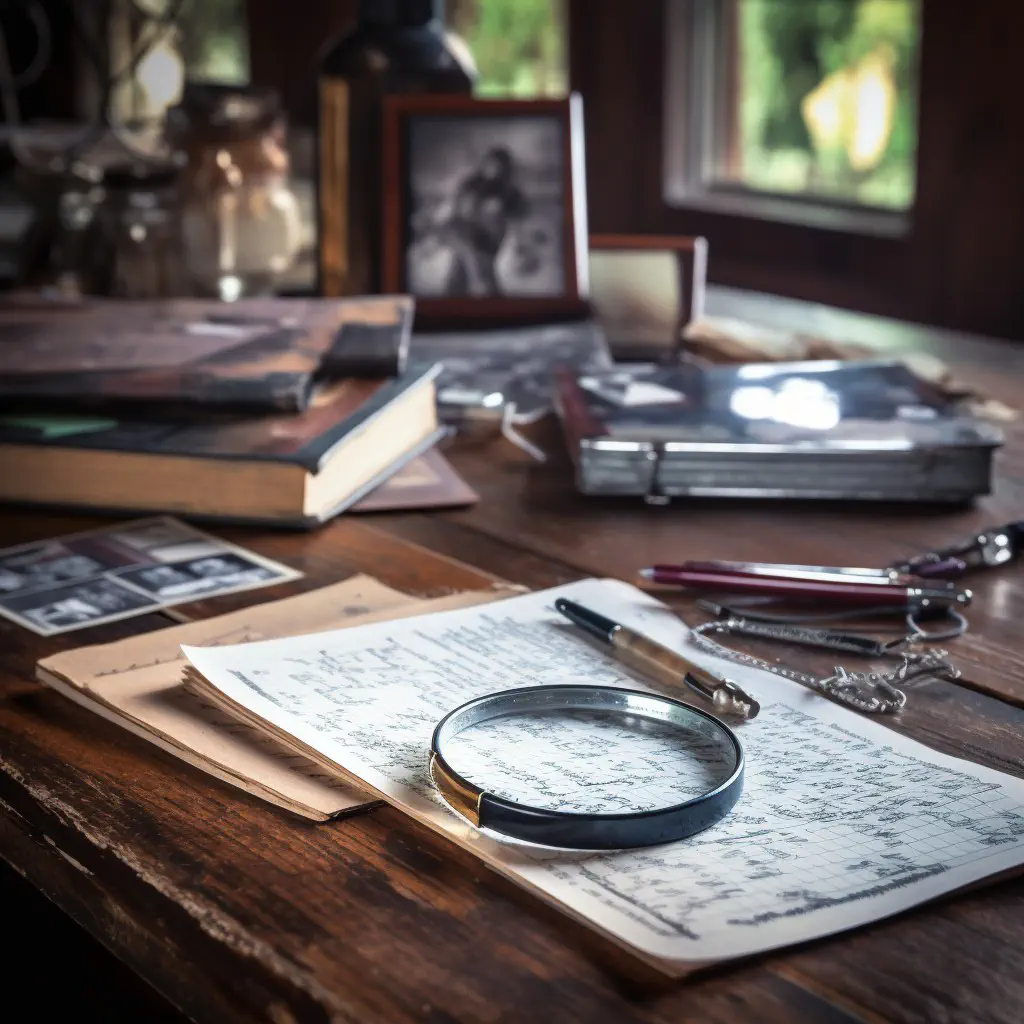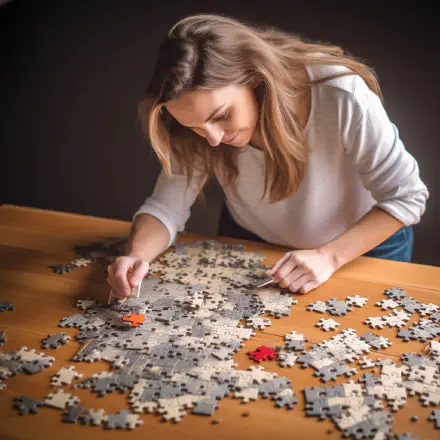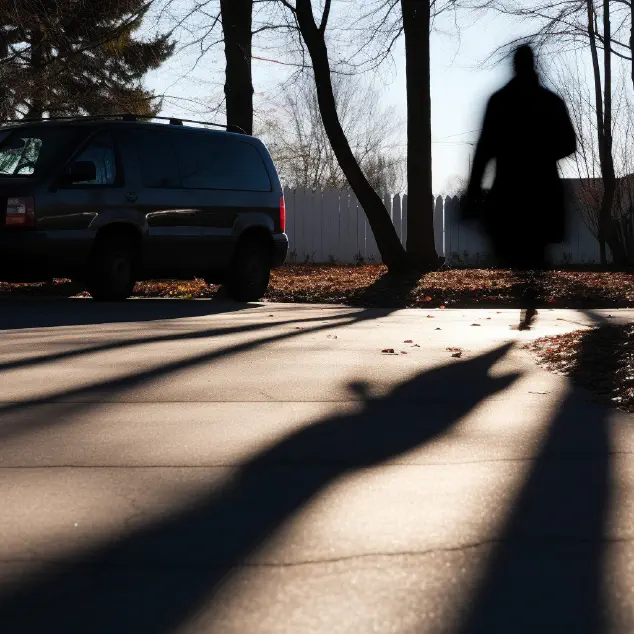
Introduction
As humans, we are constantly seeking answers to questions, even if we don’t realize it. This is especially true when it comes to solving crimes. Forensic skills are critical in determining what happened, who was involved, and ultimately, bringing justice to victims and their families. In this guide, we will cover the essentials of thinking like a detective, which is the foundation for enhancing your forensic skills.
Through this guide, we will take a closer look at the skills and techniques used by detectives to effectively gather and evaluate evidence, identify suspects, and ultimately solve crimes. We will also explore the importance of logical and methodical thinking, as well as an overview of the scientific method.
By the end of this guide, you will have a solid understanding of how to think like a detective and apply forensic skills in your work. Whether you’re a law enforcement professional, a legal expert, or someone who is simply interested in forensic science, this guide will provide valuable insights that can help you become more knowledgeable and effective in your field. Let’s get started!
Chapter 1: Introduction to Thinking Like a Detective
In order to be successful in forensic work, it is important to think like a detective. This means approaching each case with a logical and methodical mindset, and utilizing the scientific method to gather and evaluate evidence in a systematic way.
Logical and Methodical Thinking Detectives use a systematic approach to solving crimes, and it is important for forensic professionals to do the same. This means taking a step-by-step approach to gathering and evaluating evidence, and avoiding any biases or preconceived notions that might influence your analysis. By approaching each case in a logical and methodical way, you can avoid overlooking key pieces of evidence or jumping to conclusions too quickly.
The Scientific Method The scientific method is an essential tool in forensic work. At its core, the scientific method is a systematic approach to gathering and evaluating evidence, and using that evidence to form conclusions. By following the scientific method, forensic professionals can ensure that their conclusions are based on sound evidence and logical reasoning. The basic steps of the scientific method are:
- Formulating a hypothesis
- Gathering evidence
- Analyzing the evidence
- Evaluating the hypothesis based on the evidence
- Drawing a conclusion
In forensic work, these steps are often repeated many times as new evidence comes to light, or as hypotheses are refined based on new information. By following the scientific method, forensic professionals can avoid making unfounded claims or drawing conclusions that are not supported by the evidence.
Chapter 2: Gathering Evidence
In solving crimes, gathering evidence is the most important step that should be taken. It is critical that the evidence is collected systematically, otherwise, it may become useless or inadmissible in a court of law. This chapter will focus on the importance of gathering evidence and techniques for collecting and preserving evidence.
Importance of gathering evidence in a systematic way
Gathering evidence systematically is essential to ensure that evidence is not lost or contaminated in any way. The importance of following a methodical approach to evidence gathering cannot be overemphasized. Failure to follow a systematic approach could result in missed evidence or mishandled evidence which could make it inadmissible in court.
Different types of evidence and how they can be used
There are different types of evidence, and each type can be used to piece together the crime scene. The most common types of evidence include physical, testimonial, and documentary evidence. Physical evidence includes fingerprints, DNA, and objects found at the crime scene. Testimonial evidence involves statements made by eyewitnesses or individuals who have information about the crime. Documentary evidence includes paper-trails such as documents, contracts, and emails that may provide information pertaining to the crime.
Techniques for collecting and preserving evidence
To ensure the evidence is collected properly, forensic experts use advanced techniques to gather and store evidence. These techniques include:
- Wearing gloves to prevent contamination
- Using clean tools and surfaces
- Labeling and packaging each piece of evidence separately
- Using photographs and sketches to document the location of evidence
- Using a chain of custody to document the transfer of evidence from one person to another
By using these techniques, forensic scientists can ensure that the evidence is preserved in a way that is appropriate to its type. This is essential since different types of evidence require different preservation methods.
In summary, gathering evidence is a crucial step in solving crimes. It is important to approach it methodically and systematically to ensure that nothing is missed, and the evidence is preserved appropriately. By using techniques such as wearing gloves, labeling, and packaging each piece of evidence separately, forensic scientists can ensure that all evidence gathered is admissible in court.
Chapter 3: Evaluating Evidence
Evaluating evidence is a crucial step in forensic work. It involves analyzing the information that has been gathered in order to determine its significance and reliability. The results of this process can help to identify potential suspects, establish timelines, and ultimately solve the crime.
Objectivity in Evaluation
One of the most important aspects of evaluating evidence is maintaining objectivity. It is essential that all evidence is evaluated without bias, regardless of whether it supports or contradicts a particular theory. This means considering all evidence and not jumping to conclusions based on incomplete or limited information.
Considering All Evidence
When evaluating evidence, it is important to consider all of the available information. This includes physical evidence, witness statements, and any other relevant information. By taking a comprehensive approach, it is possible to build a complete picture of the crime and identify potential suspects.
Significance of Evidence
Not all evidence is created equal, and it is important to determine the significance of each piece of evidence that has been collected. This can involve looking at the reliability of the evidence and considering how it fits with other information that has been gathered. For example, a single witness statement may be less reliable than physical evidence that has been collected from the scene of the crime.
Techniques for Evaluating Evidence
There are a number of techniques that can be used to evaluate evidence effectively. These include:
- Comparison Testing: Comparing evidence to known samples to determine if they match.
- DNA Analysis: Analyzing DNA samples to identify potential suspects.
- Fingerprint Analysis: Analyzing fingerprints found at the scene of the crime to identify potential suspects.
- Blood Spatter Analysis: Analyzing the pattern of blood spatter at the scene of the crime to determine what occurred.
By using these techniques, forensic investigators can evaluate evidence more effectively and identify potential suspects with greater accuracy.
Chapter 4: Identifying Suspects
Identifying possible suspects is a crucial part of solving crimes. It involves collecting information about individuals who may have been in the vicinity at the time of the crime, or who have a motive and opportunity. In this chapter, we will discuss techniques for identifying suspects and narrowing down the pool of potential individuals.
Collecting Information on Potential Suspects
The first step in identifying a suspect is to gather as much information as possible on the people who may have been involved. This can include eyewitness accounts, physical descriptions, and any other relevant details.
One useful technique is to conduct interviews with witnesses or people who may have information about the crime. These interviews may help investigators develop a profile of the suspect, including their age, gender, physical appearance, and possible motives.
Techniques for Narrowing Down the Pool of Suspects
Once a list of potential suspects has been compiled, the next step is to narrow down the pool of individuals. This can be done in several ways:
- Elimination Process: Investigators can eliminate individuals who do not fit the profile of the suspect. For example, if the crime was committed by a male, all females can be eliminated from the list.
- Forensic Evidence: Analysis of forensic evidence such as DNA, fingerprints, or footprints can help narrow down the pool of suspects.
- Motive and Opportunity: Investigators can look for individuals who had a motive and opportunity to commit the crime.
Understanding the Importance of Motive and Opportunity
Motive and opportunity are key factors in identifying a suspect. Motive refers to the reason why someone may have committed the crime, while opportunity refers to their ability to do so.
Investigators need to consider both factors when identifying a suspect. For example, if a person had a motive to commit the crime but did not have the opportunity, they are less likely to be considered a suspect.
However, if an individual had both the motive and opportunity to commit the crime, they become a prime suspect. It is important for investigators to consider all factors and evidence before narrowing down the pool of suspects.
In conclusion, identifying suspects is a critical aspect of solving crimes. By collecting information on potential suspects and using techniques to narrow down the pool of individuals, investigators can identify the perpetrator and build a case against them. It is essential for investigators to consider all factors, including motive and opportunity, to ensure that the right person is brought to justice.
Chapter 5: Solving the Crime
Once all the evidence has been gathered and evaluated, it’s time to use it to solve the crime. The process of piecing together the evidence to form a complete picture of the crime requires attention to detail and patience.
The Importance of the Timeline
One of the key tools in solving a crime is the timeline. Establishing a timeline of events leading up to and following the crime can help identify potential suspects and determine the sequence of events. It’s important to consider all evidence when creating a timeline, including witness statements, forensic evidence, and alibis.
Identifying the Perpetrator
Identifying the perpetrator of a crime is the ultimate goal of forensic work. Techniques for identifying suspects include collecting information on potential suspects, narrowing down the pool of suspects, and understanding the importance of motive and opportunity. It’s crucial to consider all evidence objectively and not jump to conclusions based on preconceived notions or biases.
Building a Case
Once a suspect has been identified, the next step is to build a case against them. This involves using the evidence collected to establish a motive, means, and opportunity. It’s important to present a clear and compelling case to ensure a successful prosecution.
In conclusion, solving a crime requires attention to detail, patience, and objective evaluation of all evidence. By following the steps outlined in this guide, you can enhance your forensic skills and think like a detective, ultimately helping to bring perpetrators to justice.
Conclusion
In conclusion, thinking like a detective is a crucial skill in the field of forensic work. By adopting a methodical and logical approach to analyzing evidence, we can effectively piece together the details of a crime and build a strong case against the perpetrator.
Throughout this guide, we have explored the importance of gathering and evaluating evidence, identifying suspects, and ultimately solving the crime. Additionally, we have emphasized the significance of considering all evidence objectively and avoiding jumping to conclusions.
As you continue to develop your forensic skills, it is important to remember the power of the scientific method and its ability to guide us towards a comprehensive understanding of the crime at hand. By utilizing the techniques and strategies outlined in this guide, you can become a more effective and efficient forensic investigator.
So, why not take the next step towards enhancing your forensic skills today? By thinking like a detective and putting your newfound knowledge into practice, you can start making a real difference in the world of forensics.


